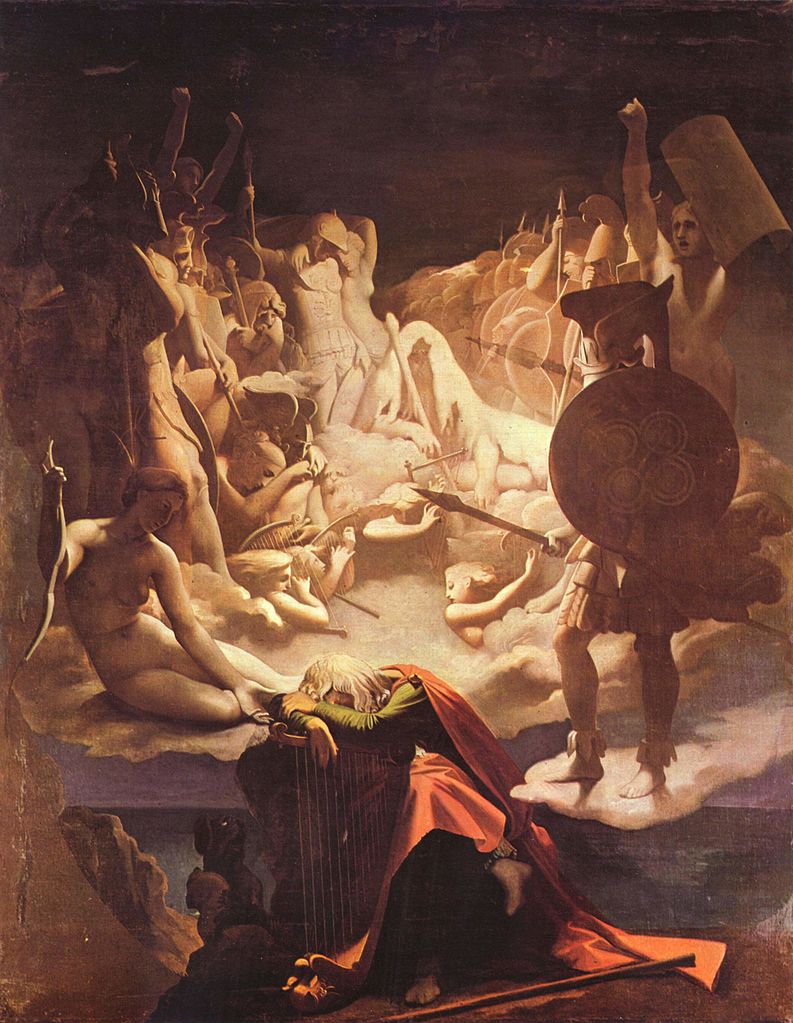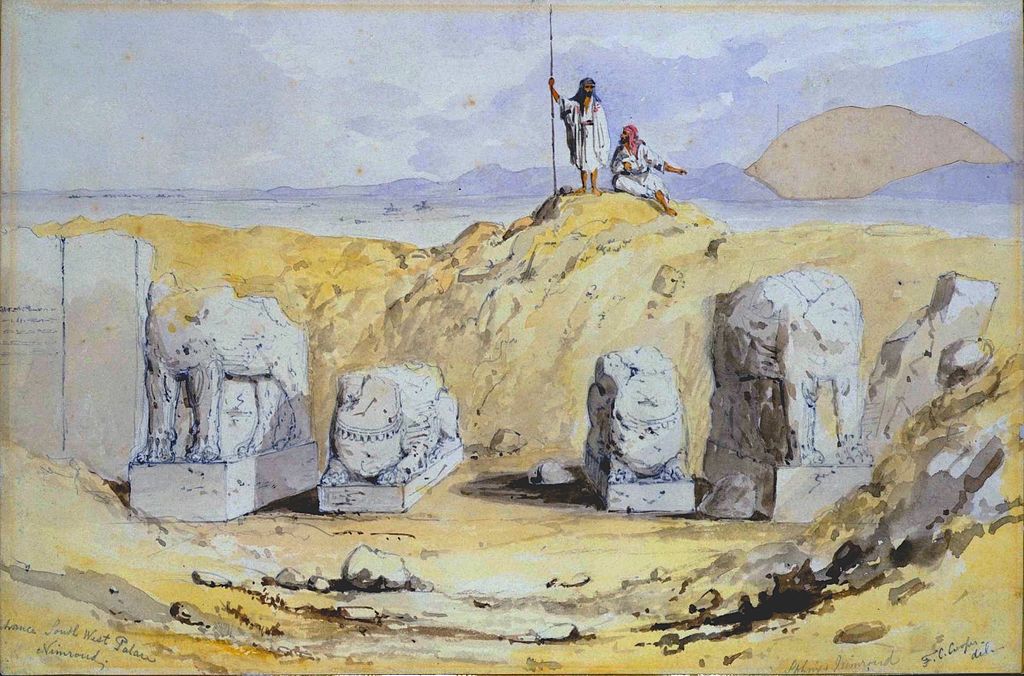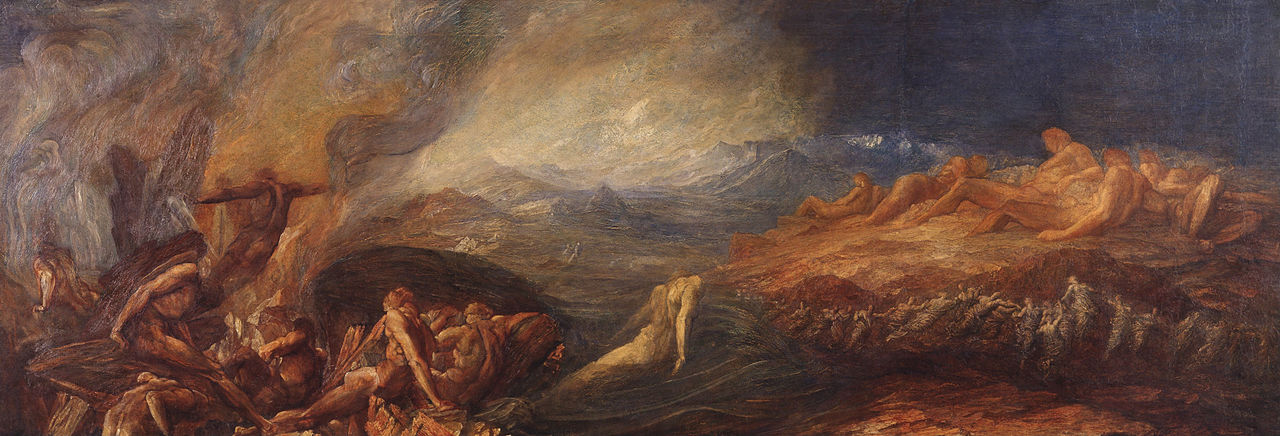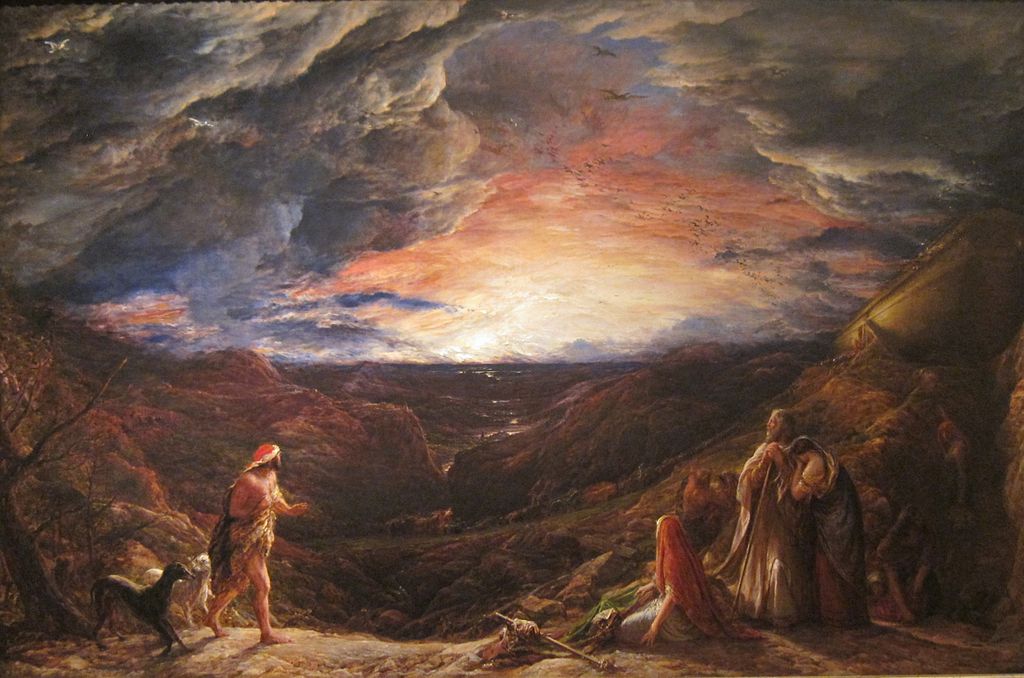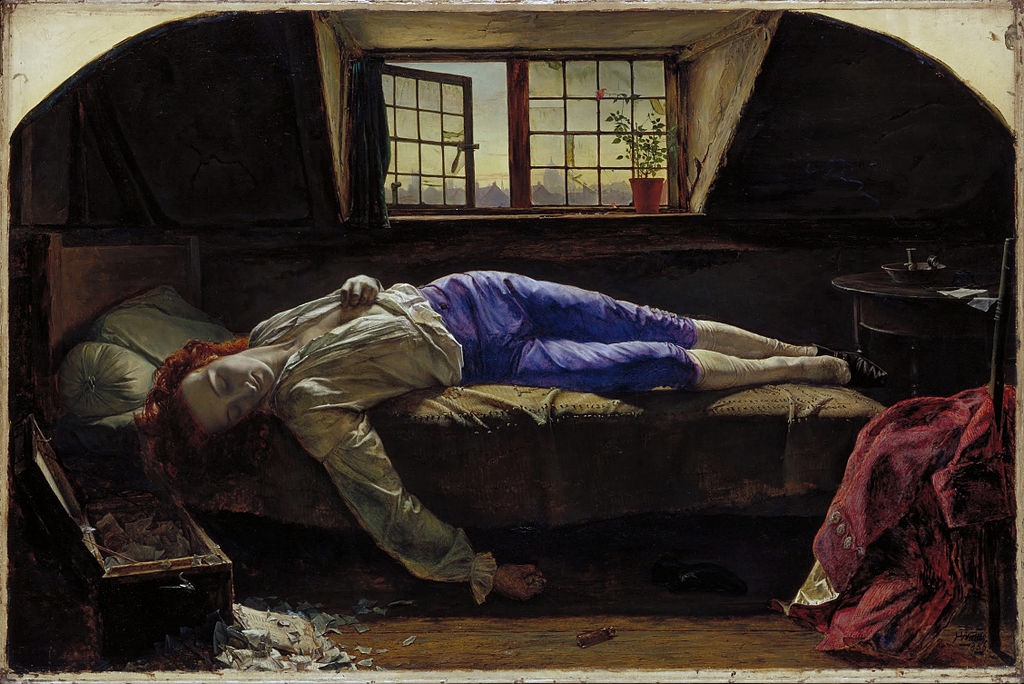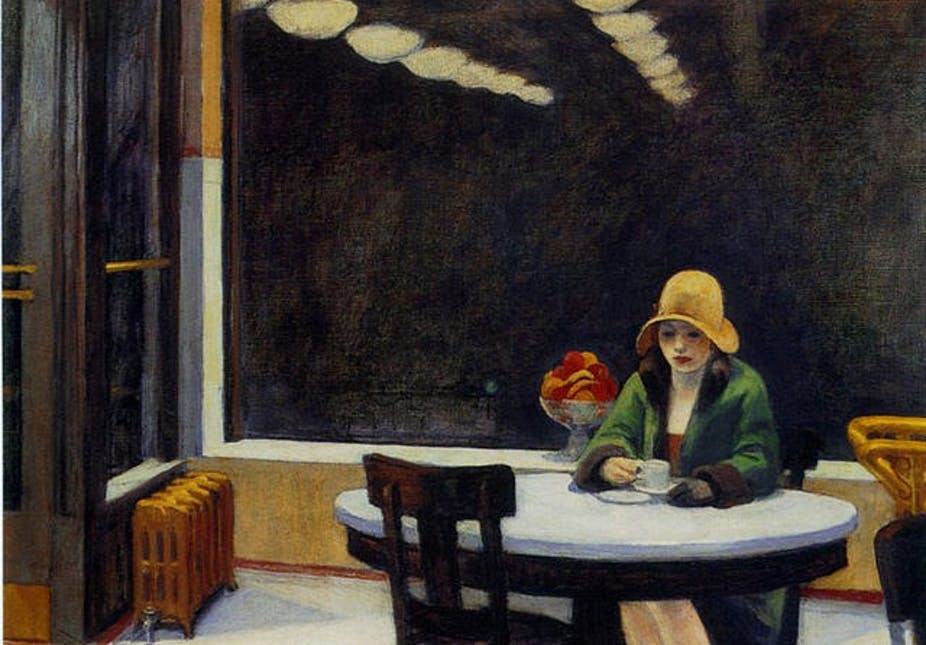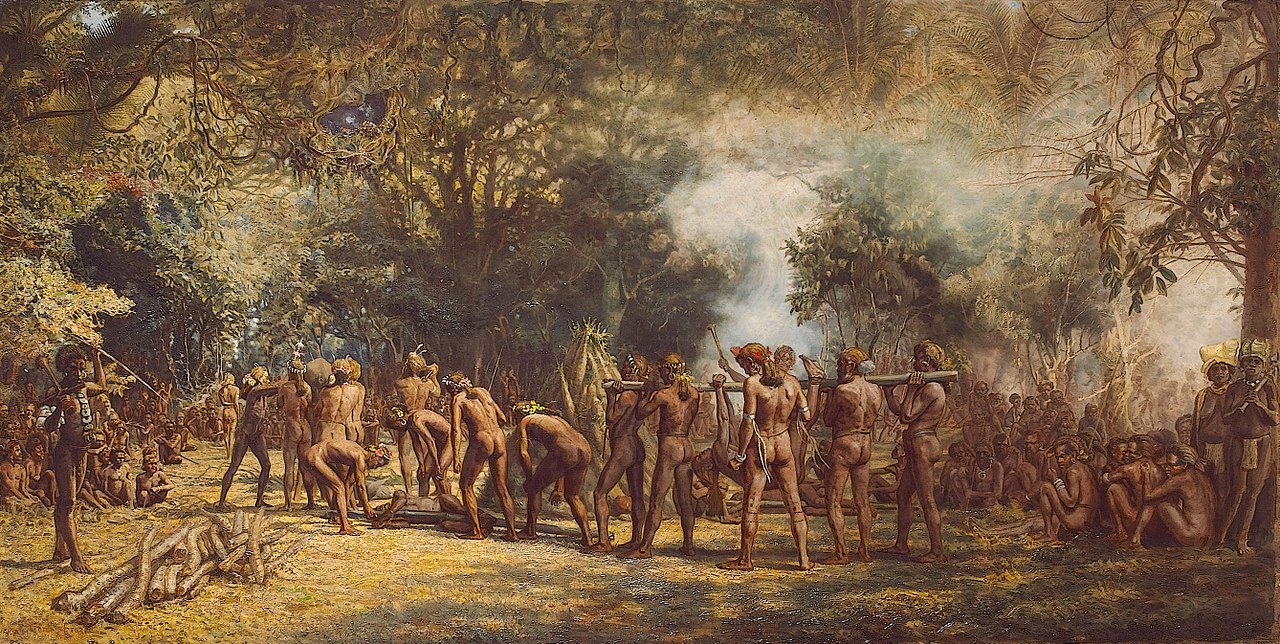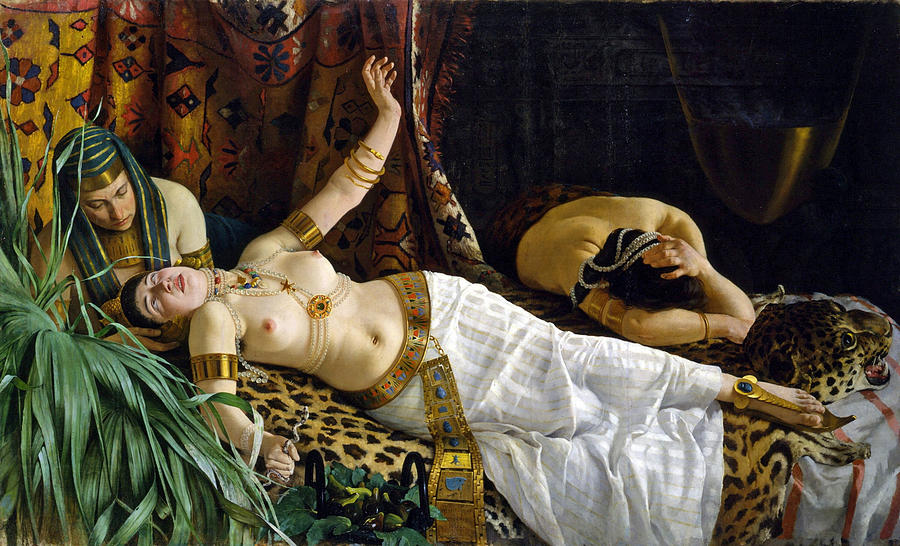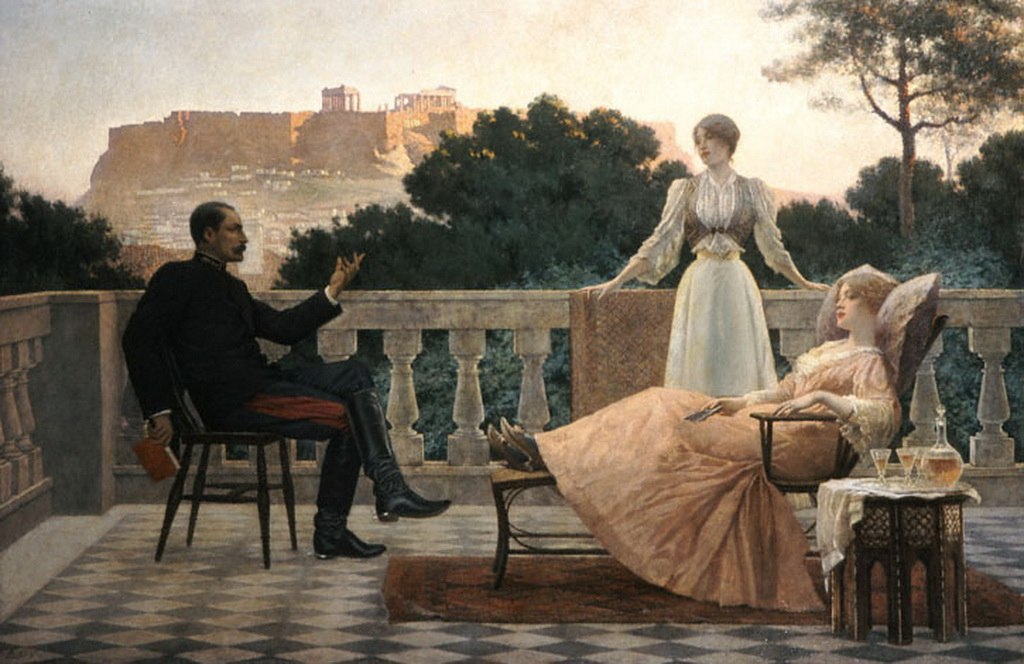A bit of time travel… The scene: Calcutta, India. The year is 1783; it is the time of the Honourable East India Company (or John Company, as it was often called), which administered Bengal through the governor-generalship of Warren Hastings.
In 1783, then, a thirty-seven year old jurist, a native of London, landed in Calcutta to take up the post of judge of the Supreme Court. This man was Sir William Jones, who not only possessed a brilliant legal mind but also had an innate gift for languages.
When he landed in Calcutta, he could speak all the European languages, along with Hebrew, Arabic, Turkish, and Persian, and even a bit of Chinese. When he came to Calcutta, he was extremely interested in learning Sanskrit, the classical language of northern India. This he set out to do almost immediately, hiring local pundits as instructors.
By 1784, he had established the Asiatic Society of Bengal, which had its own journal, Asiatic Researches. Jones went on to translate many of the classics of Sanskrit literature and laid the foundations of Indology, or the study of Indian culture. Given his propensity for languages, it is not surprising that he began to see patterns and similarities in languages that lay separated by thousands of miles. He says in one of his letters, dated September 27, 1787: “You would be astonished at the resemblance between that language [namely, Sanskrit] and both Greek and Latin.”
This astonishment reached its fullest expression in the early months of 1794, just a little before his death in April of that year. The astonishment, we will note, has now become a certainty, pointing perhaps even to a methodology:
The Sanskrit language, whatever may be its antiquity, is of wonderful structure; more perfect than the Greek, more copious than the Latin, and more exquisitely refined than either; yet bearing to both of them a stronger affinity, both in the roots of verbs and in the forms of grammar, than could have been produced by accident; so strong that no philologer [linguist] could examine all the three without believing them to have sprung from some common source, which, perhaps, no longer exists. There is a similar reason, though not quite so forcible, for supposing that both the Gothic and Celtic, though blended with a different idiom, had the same origin with the Sanskrit; and the old Persian might be added to the same family.
Here, we should acknowledge the fact that Jones was not the first person to see this affinity of the languages India, Iran and Europe.
As early as 1581, the Italian merchant Filippo Sasseti saw the same similarity, as did the English Jesuit Thomas Stevens who was in India in 1583.
In the seventeenth century, the Dutch scholar Marcus Boxhorn grouped together Latin, Greek, German and Persian. In 1768, the Jesuit, Gaston-Laurent Coeurdoux saw Sanskrit, Latin, Greek, Slavonic and Germanic as all derived from the same source.
And in 1767, James Parsons published his voluminous study, The Remains of Japhet, Being Historical Enquiries Into The Affinity and Origins of the European Languages.
In this book, Parsons gave a lengthy list of words that were similar. The list had over 1,000 words and included all the major Eurasian languages: Irish, Welsh, Latin, Italian, French, Spanish, German, Dutch, Swedish, Danish, Old English, English, Russian, Polish, Bengali and Persian.
In order to highlight his argument of similitude, Parsons compared the same words with other languages, namely, Turkish, Hebrew, Malay, and Chinese. This simple, yet extensive exercise proved beyond a doubt that the languages of Europe and those of Iran and India showed a marked resemblance.
For Parsons, this resemblance pointed to the verity of the biblical account of Noah. In the eighteenth century, the labels used for languages derived from the three sons of Noah, whose progeny came to populate the earth, after the great flood. Thus, the Jews and Arabs were descended from Shem and were hence Semites; the Egyptians were descended from Ham, and were labeled Hamites; and Noah’s third son, Japhet, was the forefather of all the remaining races of the earth; hence the linguistic parallels between India, Iran and Europe pointed to an original Japhetic language, from which all the rest were derived.
Before we scoff at this notion, it is important to keep in mind that it was only in the nineteenth century that this biblical paradigm was abandoned. Even Jones himself postulated Japhetic origins in order to explain the astonishing parallels. Historians in the eighteenth century thought within the structure of Book of Genesis when it came to the remote past. Thus, when the world was destroyed in the Great Flood, it was presupposed that Noah’s Ark came to rest in Armenia, from where Noah’s sons issued forth to repopulate the earth.
But what were these connections that Jones and the other saw? Let us briefly look at these ourselves in order to get a sense of the astonishment. Here’s a random, brief list to help us along in our discussion.
English: father brother son daughter sister
Celtic: athair brathair — duxtir siur
Latin: pater frater — — soror
German: Vater Bruder Sohn Tochter Schwester
Greek: pater phrater uius thugater eor
Sanskrit: pitar bhratar sunu duhitar svasar
Persian: pidar bradar hunus dukhtar —
Russian: pyat brat syn doch sestra
Lithuanian: — brolis sunus dukte sesuo
Although Sir William Jones understood the commonalities between the languages of Europe, India and Iran, he himself stayed entrenched in the biblical schema of the Great Flood, when it came time to explain why these affinities existed in the first place.
It was only in the nineteenth century that scholars of language (or philology) could move beyond Noah, and consider other reasons for the correspondences.
Thus, scholars sought to arrive at a “system” whereby these affinities could be scientifically examined. Here was an attempt to move beyond the “astonishment” that mesmerized the eighteenth century towards an understanding of the rules that governed and predicated linguistic parallels.
This meant it was no longer enough to merely construct long lists of words that were similar; it was more important to examine the underlying set of laws that sought to answer the question as to why each word was not exactly the same in all of the languages. Thus despite the similarities, there were also discernible patterns of change that made Celtic “behave” a certain way, when compared to Sanskrit or Germanic. Thus was born the science of comparative philology.
The father of this new science was Rasmus Christian Rask (1787-1832), the Danish professor, who could speak 25 languages. In his monumental work, Essay on the Origin of the Ancient Scandinavian or Icelandic Tongue (1812), he set in place a system that explained the changes within European languages.
For example, he demonstrated the Greek ph = the Germanic b. Thus, it was that the Greek phrater equaled the German Bruder, or the English “brother.” In the same way, the Greek g always corresponded to the Germanic k. Therefore the Greek agros (“field”) was the same as the Old Norse akr, or the English “acre.”
These rules did not stop merely at sound shifts, but could be discerned in the very structure of the languages in this large familial group. For example, the Latin and Sanskrit word for “fire” underwent the very same declension:
Case Latin Sanskrit
Nominative Singular ignis agnis
Accusative Singular ignem agnim
Dative Plural ignibus agnibhyas
Such a methodology initiated a great effort to synthesize comparative linguistics. Chief among these was the massive work, A Comparative Grammar of Sanskrit, Zend, Greek, Latin, Lithuanian, Old Slavonic, Gothic and Germanic, which came in six volumes and took nineteen years to complete (1833-1853). Its author was the great German philologist Franz Bopp (1791-1867).
As for the term “Indo-European,” it was coined by that most learned physician, physicist and Egyptologist, Thomas Young (1773-1829). The term remains popular in English and the Romance languages. German scholars prefer the term “Indo-Germanic.” The meaning of both is the same: the great family of languages that covers most of the globe.
But having arrived at the linguistic similitude, the next question that was inevitably asked was, “Who were the Indo-Europeans?” Thus began the “problem” of the Indo-Europeans, a problem that remains unresolved to this day, despite a great many advances.
And just what is the “Indo-European problem?” Very simply: since there is no dispute as to the similarities that exist between the languages of Europe, Iran, and India, does this not imply that there was once a time in hoary antiquity when there was only one language, from which all these similar languages stemmed?
Scholars have constructed a hypothetical version of this unified language; it is known as Proto-Indo-European (or as the Germans would have it, Urindogermanisch). And if there was this time of linguistic unity, there must have been one tribe, or group of people that spoke this undifferentiated language. And by extension, where upon this earth did this tribe of Indo-Europeans live?
Given this implied unity, can we discern a cohesive Indo-European culture? A shared mythology, religion, and even concepts? As is immediately obvious, the drive towards scientifically examining the likeness in the Indo-European languages also greatly enlarged the scope of study.
It is this broader, and infinitely more interesting, examination of Indo-European and Indo-Europeans to which we shall now turn.
Once we postulate a linguistic unity, we must then consider a time-frame and a geographical location. This is another step in linguistic archaeology, namely, language as paleontology. Methodologically, this means that we must use those words, which describe physicality, geography, the flora and the fauna, and from these “clues” try to find a match in the archaeological record. And sure enough, there are several intriguing possibilities.
Scholars have looked at the common words for trees, animals, plants, and even physical features, such as mountains, lakes, and rivers. But none of these provide enough evidence to pin down the Indo-Europeans with any degree of certitude. However, when we move into the realm of domesticated animals, we are immediately on fertile ground.
One of the advantages of linguistic paleontology is the fact that it provides researchers with markers that can be traced in the archaeological record. Now, when we consider the Indo-Europeans, one of the most important markers is the domesticated horse. First, all the Indo-European languages share a common word for “horse.”
When the speakers of these languages burst onto history, they are always associated with two things – the domesticated horse and the chariot (which we will examine a little later). We also know from the study of ritual in all the Indo-European cultures that the horse played a vital role.
All scholars agree that the horse was an important component of Indo-European culture. Since we are attempting to locate the original home of the Indo-Europeans, we need to consider the fact that if the horse played a central in Indo-European society, then it might be fruitful to look at those locations where is the horse is known to be indigenous.
This brings us to the region that extends east from the Dnieper river to the Volga, or the Eurasian steppe, where herds of wild horses are known to have roamed from the Neolithic period onwards. By the fourth millennium BC, the horse is already domesticated and cane be found as far east as the Afanasievo culture of southern Siberia, and as far west as the Balkans and the Carpathian basin. It is here that the home of Indo-Europeans is to be located. But all that we should discuss another time.
